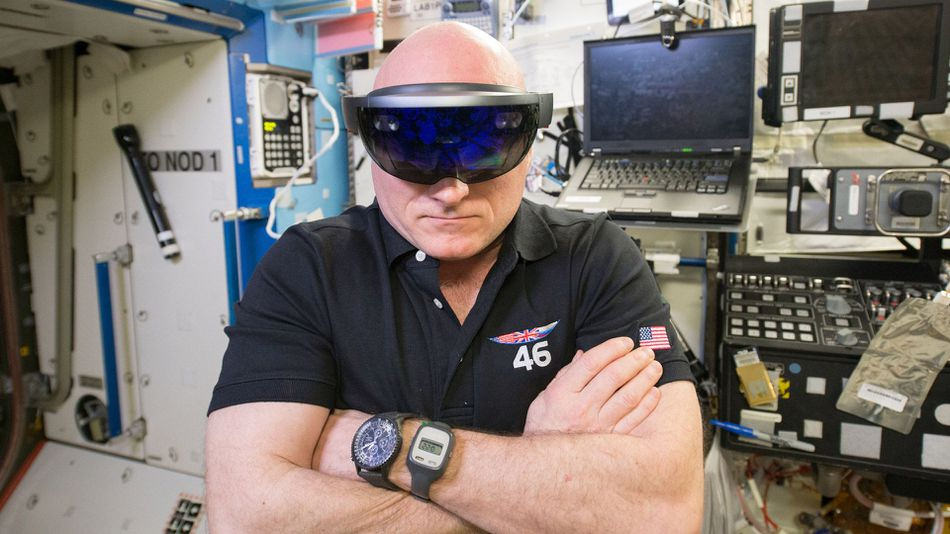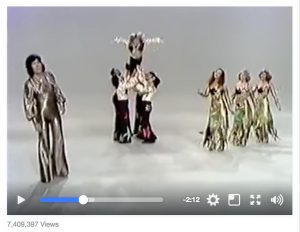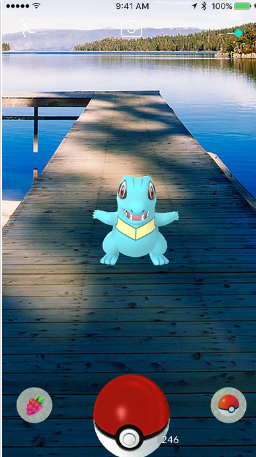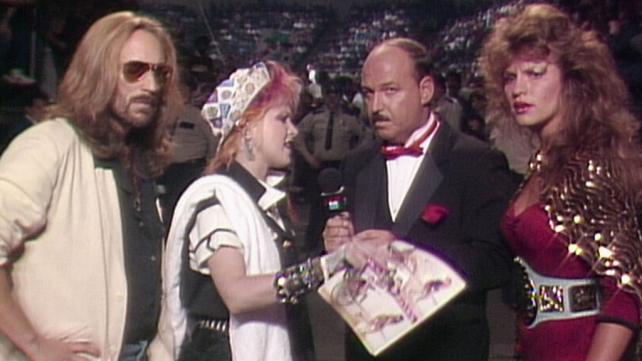
“Know your audience” is the old adage, warning writers of all stripes to consider who will be eventually reading – experiencing – what you are making. The directive also applies to theatre makers.
I have to assume that at least some of the theatre goers out there are consuming culture in the same way that I do: sometimes live, but often mediated by a screen (or three). And to be clear, when I talk about “culture” I’m including that vintage Spanish dance video on Facebook under the same umbrella as the opera Riel at the National Arts Centre. While some might designate one a higher or more refined art form, to me they are the same: cultural products of this time that we live in, now. Someone chose to mount Riel, just like someone went through the effort of uploading that video and posting it online – where thousands of people have since shared it. Including me.

I feel my brain is changing, and I’m not the only one. I can barely stand to be with my family without modelling terrible smartphone etiquette to my children. I check my notifications while writing, pretty much every time I don’t know what to write next. But I have to think that if audiences are consuming cultural experiences through their computers, surely there are some among us theatre-makers who are curious about the intersection of live performance and the digital. It makes sense to start creating theatre and performance experiences for those spaces.
“Wait,” you say, “What spaces?”
Yes, yes in the past we’ve agreed that theatre happens when the performers and the audience are in the same physical space. But with post-dramatic and relational aesthetics breaking down our assumptions about the definition of performer, isn’t it time to challenge our notions around space? And while we’re at it, let’s breakdown some of our ideas about what constitutes attendance or participation in that space.
Consider the definition of “mind” proposed by Dan Siegle, a professor of psychiatry at UCLA School of Medicine, and 40 assorted scientists including neuroscientists, physicists, sociologists and anthropologists 20 years ago. Rather than being sites of brain activity, our minds are “the emergent self-organizing process, both embodied and relational, that regulates energy and information flow within us and around us [emphases mine].” In this model, the mind can contract to contain one person (if you’re alone) or expand to include many (if you are with others). More on that HERE.
As a “process regulating energy and information flow within us and around us” the mind becomes a shared territory wherever people are connected by eye contact, proximity, or video link. Arguably, we can share some kind of experience with others who may be geographically distant from us by simply extending our intentions towards each other. Presence “in” the space can mean a physical insertion of a body in the location, but “presence” could also be understood as a viewer’s conscious attention to what is happening there.

So if audiences are increasingly literate and savvy in the digital realm, and digital space has the potential to collapse distance (or grow connection) beyond a single geographic room, then why aren’t we all lined up like kids waiting for the new playground to open?
Digital performance is not a replacement for live performance. But conventional theatre (you know, the kind that happens in theatres) could stand to gain from the experiment. Creating work on new platforms spurs invention and ingenuity among artists who excel in the existing forms. Painting was fine until photography showed up, forcing artists to interrogate the nature of representation itself. And now, time-limited, image-based platforms like Instagram and SnapChat, force us to reflect on intentionality, authenticity and engagement.
This is as good a place as any to confess to my bias towards experimental work. I don’t mourn what once was, instead I celebrate what it could be.
Stanley Waterman suggests festivals temporarily transform everyday places into environments that support the creation and dissemination of culture. What happens when the everyday place hosting the festival is a digital space? Does a digital festival have the potential to transform digital space? Is everyday a festival?
In a way, it already is. Being online is a bit like wandering through a flea market, but one that is customized to your tastes. Want to find an old Cyndi Lauper CD? We can do that. Watch all of her videos? Done. Figure out what her real relationship was to WWE Wrestlemania. No problem. And I haven’t even dipped into the rabbit holes that are Tumblr and reddit.

I think it’s the placement of the self at the centre of the experience that is leading audiences away from the darkened room and towards the event or spectacle. We want to feel necessary to what is going on. We want to be dazzled from the inside of something. We want to feel closer. Closer to the performers, to the action, to each other.
Creating for digital performance has the potential to transform how we as users engage with digital space. Testing the limits, possibilities, and boundaries of the place where the physical and the digital intersect gives us a form-equals-content platform to explore contemporary questions about distance and proximity, consciousness and the mind, the nature of connection, the nature of solitude, and our dangerous confidence that technology-based solutions will save the world. We stand to become more aware that the digital is a space, of sorts, and that our participation in its flow has repercussions for us physically (see my changing brain, above), socially, and spiritually.
Because sometimes it’s necessary to unplug and turn away from the relentless deluge of information. I did just that the other night. Barred from competing for bandwidth I was left to do the dishes with no web-based entertainment. No Netflix, no Spotify, no This American Life, no CBC.ca. I packed up the radio a year ago. It was just me, the dishes, and the uneasy quiet of a house after two kids have gone to bed.
And wouldn’t you know it, I had an idea for a show. A show that can be experienced the way that we live life now: through multiple devices and mediums at the same time – including our good, old fashioned eyes, ears, and skin. A show that is played as much as viewed. A show that can be accessed from afar, but that also speaks to the value of being here and now, in the flesh.









